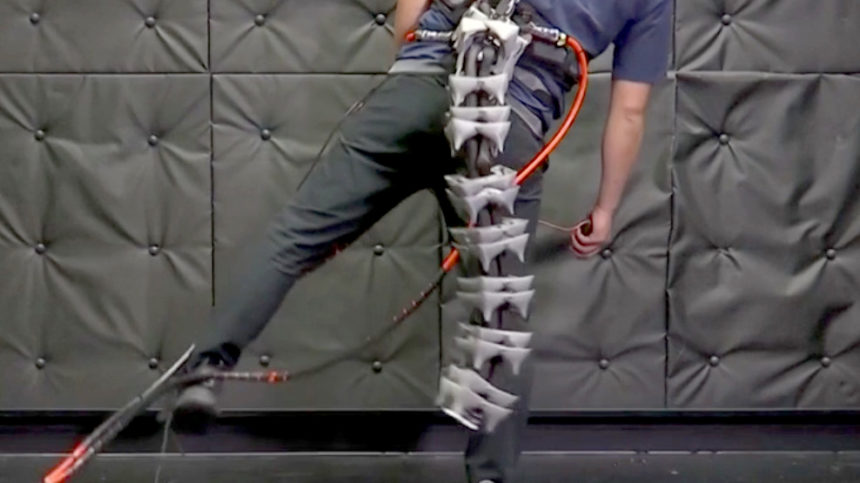
For years, assistive mechanical devices, such as robotic arms, hands and legs, have helped patients improve function and gain mobility – and now a robotic tail is showing promise for balancing unsteady elderly and keeping them upright.
A team of Japanese researchers and students from Keio University created the robotic tail prototype, which attaches to the user’s waist with a harness and mimics the fluid movement of an animal’s tail. When the user tilts one way, the tail uses compressed air to move four robotic “muscles” like a pendulum in one of eight different directions, resulting in improved balance, the researchers explain.Although the tail could benefit the elderly, the research team is confident it could also help younger people with balance or mobility issues. They also envision the technology being applied in the working environment to stabilize employees during heavy lifting and carrying – a use that could help reduce any stigma for those with balance or mobility issues who may be initially reluctant to use the robotic device. An August 15 Reuters article offers more information about the invention and includes a video of the robotic tail in use.




